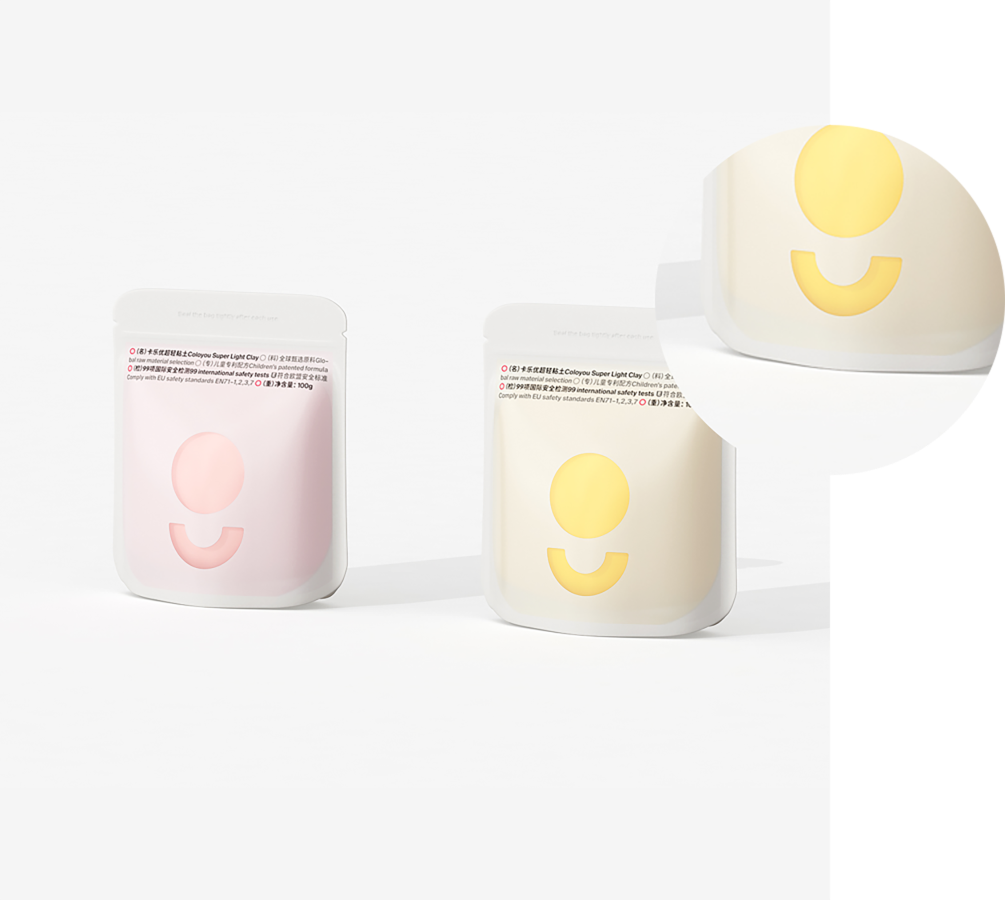Email: enid@bc-pak.com
Tel: 86-757- 88811186
- Afrikaans
- Albanian
- Amharic
- Arabic
- Armenian
- Azerbaijani
- Basque
- Belarusian
- Bengali
- Bosnian
- Bulgarian
- Catalan
- Cebuano
- chinese_simplified
- chinese_traditional
- Corsican
- Croatian
- Czech
- Danish
- Dutch
- English
- Esperanto
- Estonian
- Finnish
- French
- Frisian
- Galician
- Georgian
- German
- Greek
- Gujarati
- haitian_creole
- hausa
- hawaiian
- Hebrew
- Hindi
- Miao
- Hungarian
- Icelandic
- igbo
- Indonesian
- irish
- Italian
- Japanese
- Javanese
- Kannada
- kazakh
- Khmer
- Rwandese
- Korean
- Kurdish
- Kyrgyz
- Lao
- Latin
- Latvian
- Lithuanian
- Luxembourgish
- Macedonian
- Malgashi
- Malay
- Malayalam
- Maltese
- Maori
- Marathi
- Mongolian
- Myanmar
- Nepali
- Norwegian
- Norwegian
- Occitan
- Pashto
- Persian
- Polish
- Portuguese
- Punjabi
- Romanian
- Russian
- Samoan
- scottish-gaelic
- Serbian
- Sesotho
- Shona
- Sindhi
- Sinhala
- Slovak
- Slovenian
- Somali
- Spanish
- Sundanese
- Swahili
- Swedish
- Tagalog
- Tajik
- Tamil
- Tatar
- Telugu
- Thai
- Turkish
- Turkmen
- Ukrainian
- Urdu
- Uighur
- Uzbek
- Vietnamese
- Welsh
- Bantu
- Yiddish
- Yoruba
- Zulu
Tea/Snacks/Pet Food Stand Up Pouch Packaging Bag
Views :
Update time : Feb . 14, 2025 18:11
In recent years, the global shift towards sustainability has significantly impacted the packaging sector, driving companies to reevaluate their material choices. Consumers are now more environmentally conscious than ever, demanding eco-friendly alternatives that reduce carbon footprints and preserve natural resources. The quest for sustainable materials for packaging is not only a matter of environmental responsibility but also a smart business strategy that meets contemporary market demands.
Glass and aluminum are also crucial players in this movement. Both materials boast almost infinite recyclability, making them exceptional candidates for closed-loop systems. Aluminum packaging, particularly in the beverage industry, highlights the efficient use of resources, with most cans being recycled and back on the shelf within 60 days. Glass, while heavier and more costly to transport, remains a leading choice for luxury and health-conscious brands due to its non-toxic, impermeable nature, ensuring product integrity without leaching chemicals. As companies race to adopt more sustainable practices, the role of governments and regulatory bodies cannot be overlooked. Policies that incentivize the use of eco-friendly materials, coupled with penalties for excessive waste production, encourage industries to innovate and adapt. The European Union's ban on single-use plastics and mandates for minimum recycled content in packaging exemplify initiatives pushing businesses toward greener solutions. For businesses, the shift to sustainable packaging is more than a compliance issue; it represents a core component of corporate social responsibility. By investing in eco-friendly materials, companies not only align with global sustainability goals but also enhance their brand image and consumer loyalty. As research and technology continue to advance, the availability and diversity of sustainable materials for packaging will expand, offering more options for companies to reduce their environmental impact. In conclusion, the future of packaging is inherently sustainable. By prioritizing materials such as bioplastics, mycelium, recycled paper, glass, and aluminum, businesses can meet today's environmental challenges while positioning themselves as leaders in a market that values conservation and innovation. Embracing these changes today will ensure a healthier planet and a more resilient industry in the years to come.


Glass and aluminum are also crucial players in this movement. Both materials boast almost infinite recyclability, making them exceptional candidates for closed-loop systems. Aluminum packaging, particularly in the beverage industry, highlights the efficient use of resources, with most cans being recycled and back on the shelf within 60 days. Glass, while heavier and more costly to transport, remains a leading choice for luxury and health-conscious brands due to its non-toxic, impermeable nature, ensuring product integrity without leaching chemicals. As companies race to adopt more sustainable practices, the role of governments and regulatory bodies cannot be overlooked. Policies that incentivize the use of eco-friendly materials, coupled with penalties for excessive waste production, encourage industries to innovate and adapt. The European Union's ban on single-use plastics and mandates for minimum recycled content in packaging exemplify initiatives pushing businesses toward greener solutions. For businesses, the shift to sustainable packaging is more than a compliance issue; it represents a core component of corporate social responsibility. By investing in eco-friendly materials, companies not only align with global sustainability goals but also enhance their brand image and consumer loyalty. As research and technology continue to advance, the availability and diversity of sustainable materials for packaging will expand, offering more options for companies to reduce their environmental impact. In conclusion, the future of packaging is inherently sustainable. By prioritizing materials such as bioplastics, mycelium, recycled paper, glass, and aluminum, businesses can meet today's environmental challenges while positioning themselves as leaders in a market that values conservation and innovation. Embracing these changes today will ensure a healthier planet and a more resilient industry in the years to come.
Recommend products
Read More >>
Related News
Read More >>













